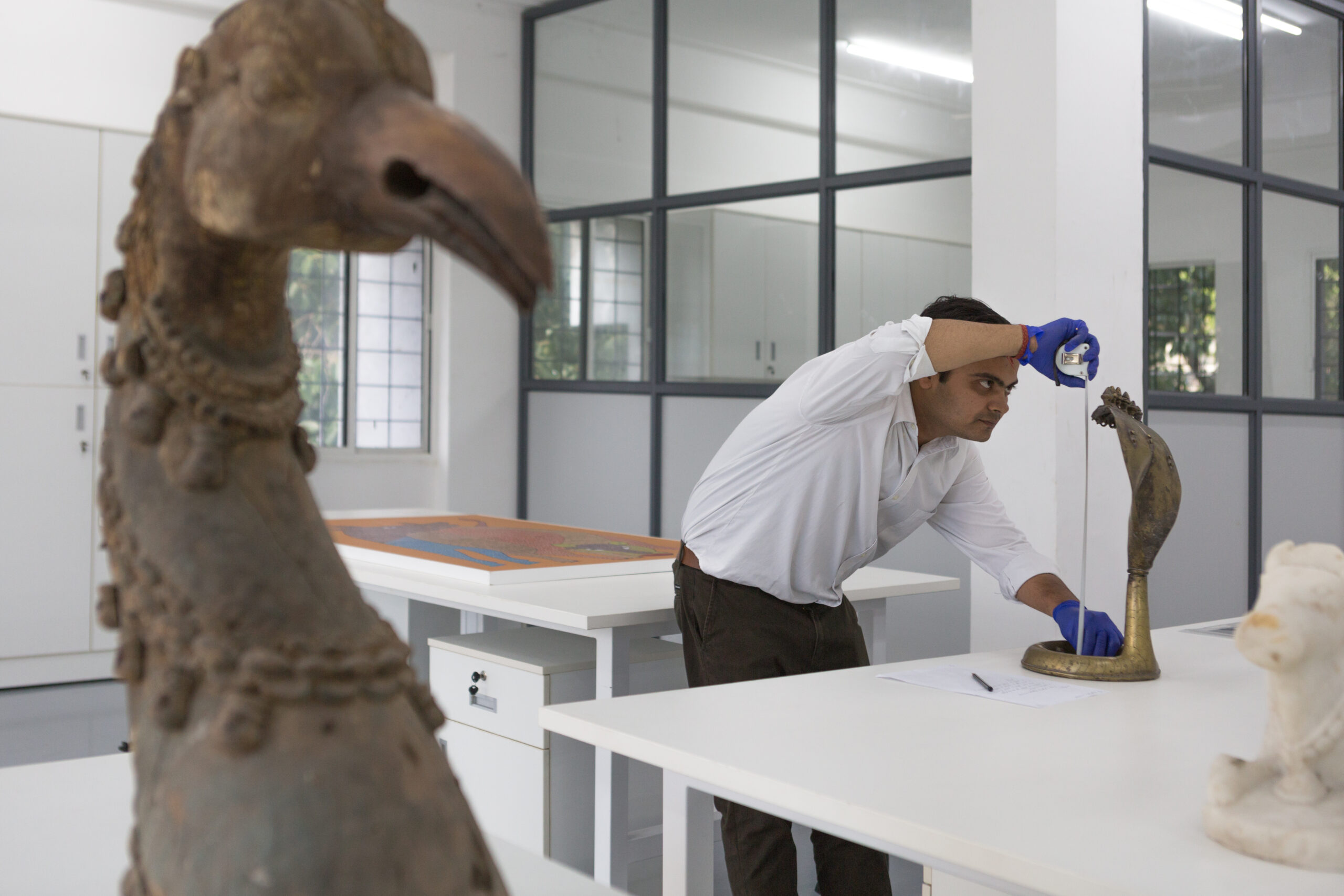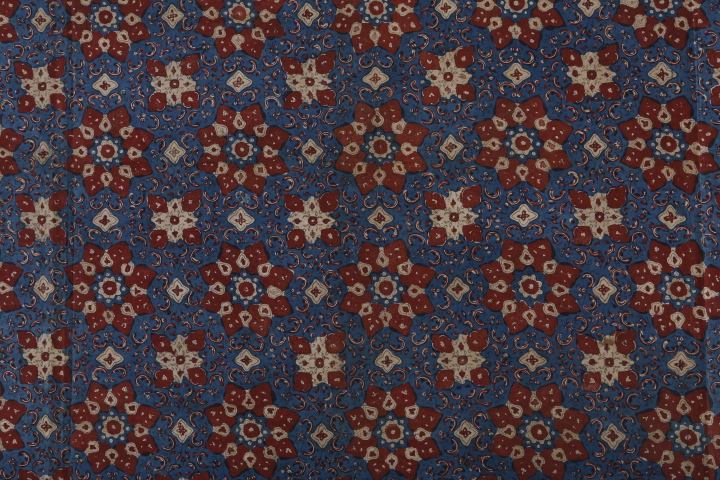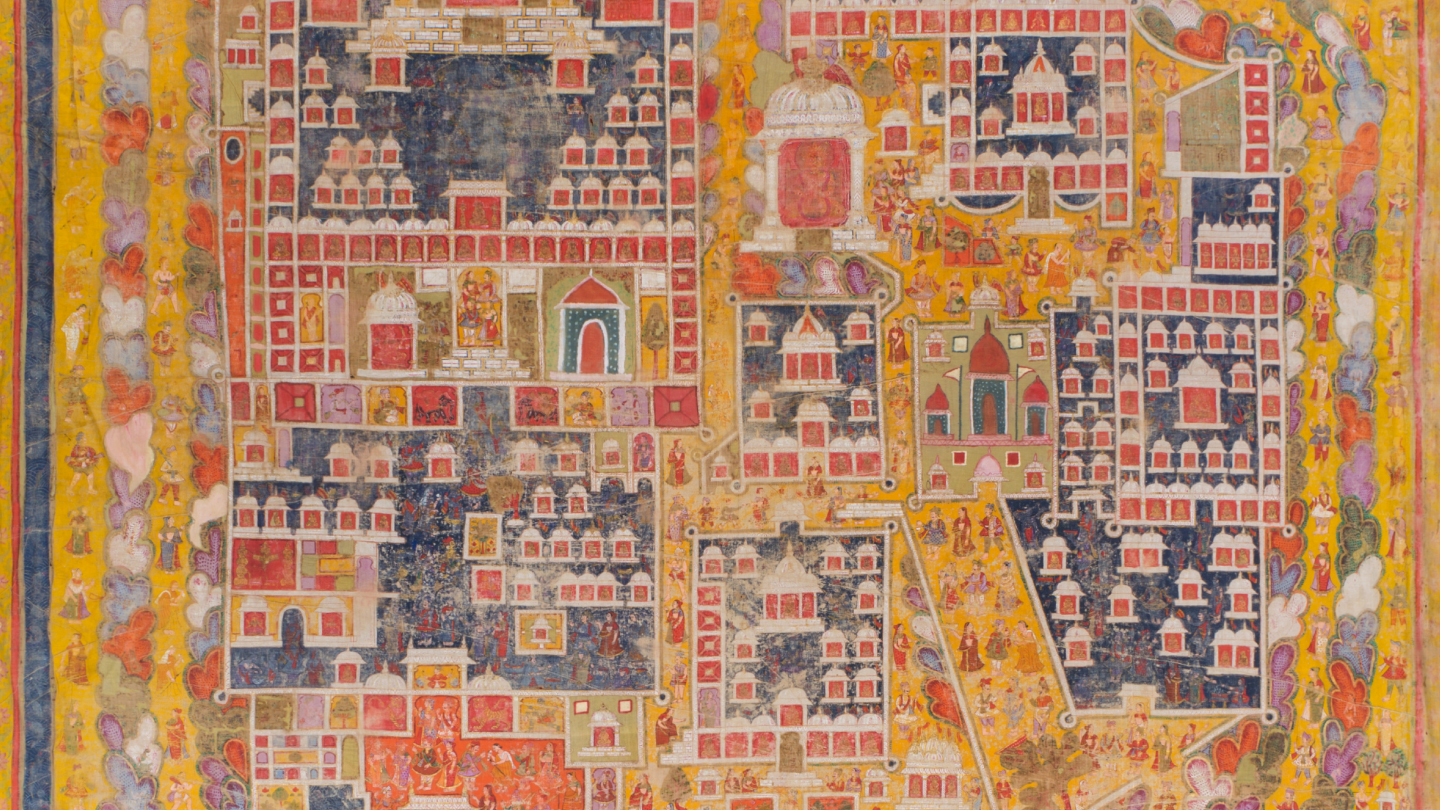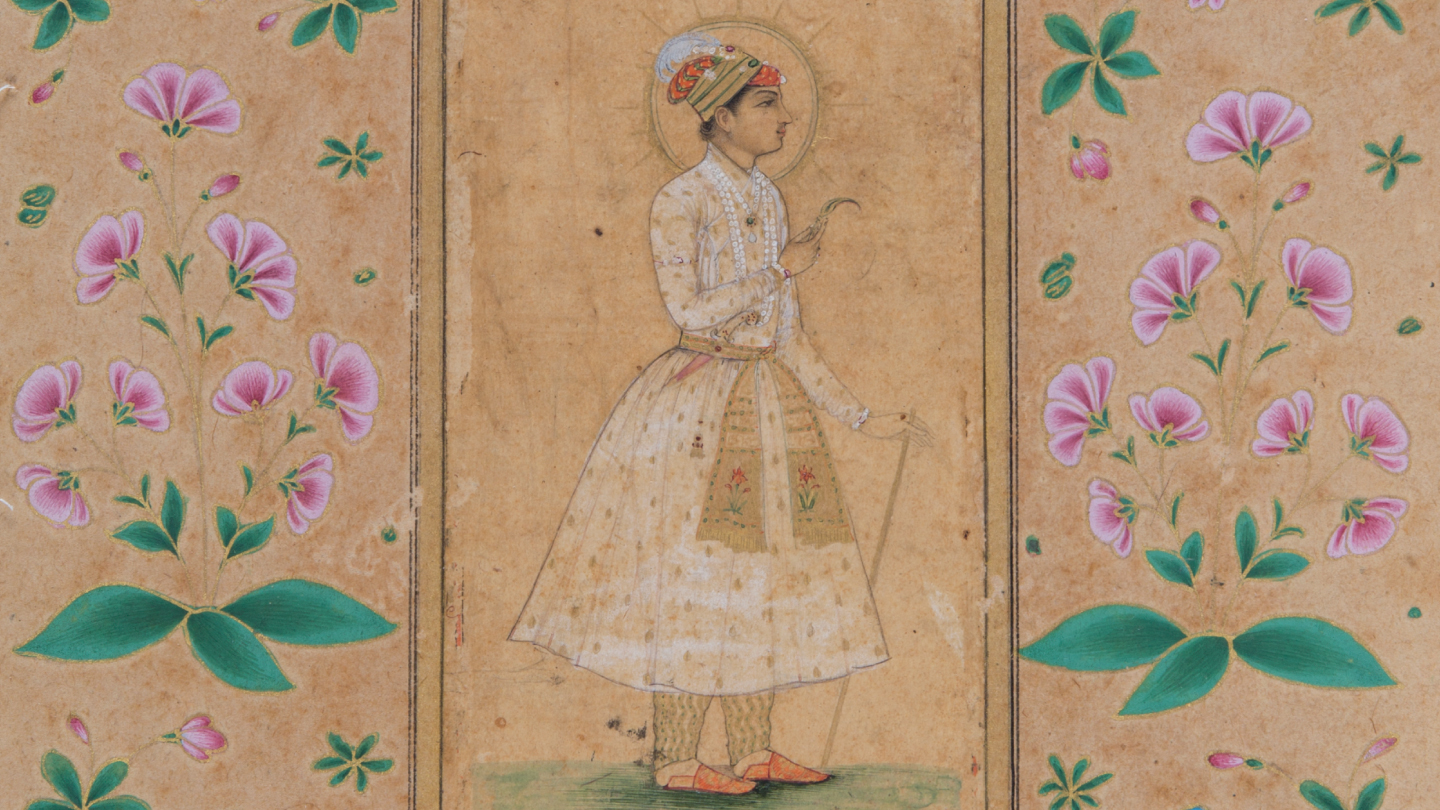Blogs
Textiles for India’s Freedom Movement
Dr. Jyotindra Jain
Dr. Jyotindra Jain reveals how a brocade skirt can become a politically charged symbol.
We are familiar with the grand narratives of the histories of India’s independence movement – swadeshi, the indigo farmers’ struggle, the Indian Mutiny of 1857, Gandhi’s Dandi March, his satyagrahas and the khadi movement. Besides these well recorded and well-known histories, there were lesser known and unsung histories of ordinary people’s engagement with India’s nationalist fervour and struggle for independence. These grass-root level expressions did not originate from any political parties or ideological organisations but were directly related to the aspirations of the collective folk, the populace at large.
Unknown traditional weavers of India, sitting in remote corners of the country toiling away on their looms, wove fabrics that reflected their urge to be a part of the freedom movement. Baluchar weavers of Bengal wove saris with the inscription Bande Mataram (Hail Mother) running parallel to both of its salvage borders, while the jamdani weavers wove khadi saris with floral motifs representing the colours of the Indian tricolour with the repeated inscription amaar desh (our nation). Similarly, in the MAP collection, one finds an instance of the weavers of Benaras who wove silk material for skirts brocading motifs of the Indian national flag, the map of undivided India as Bharat Mata.








